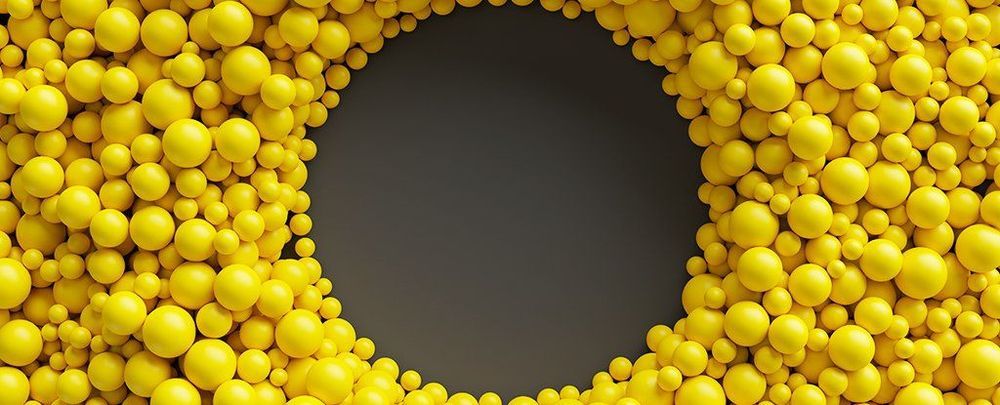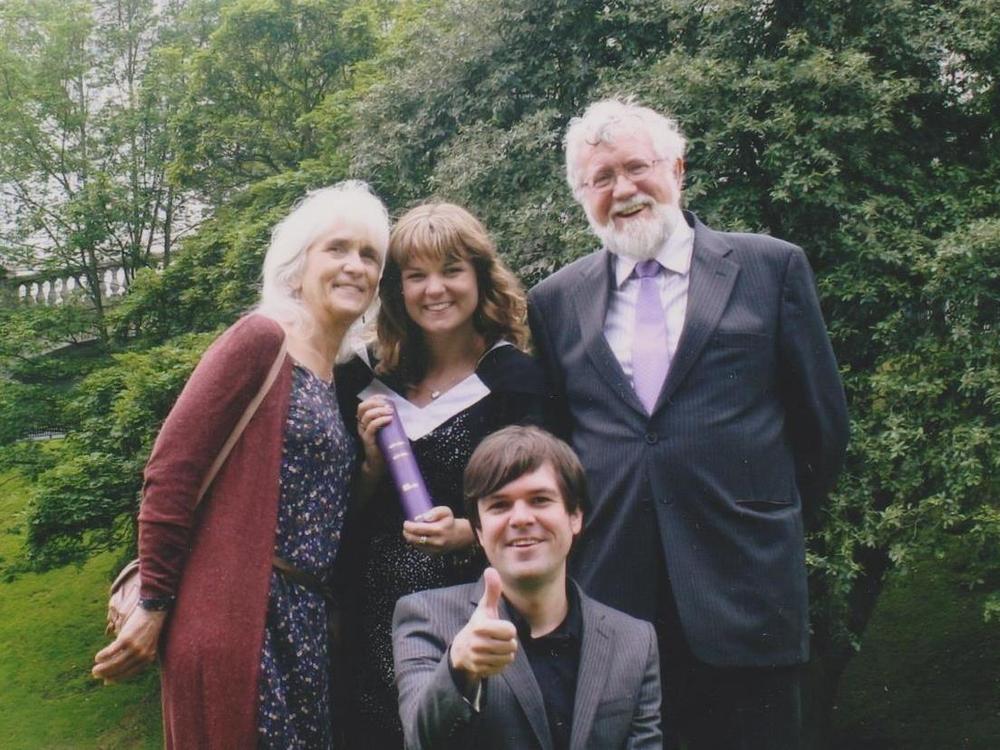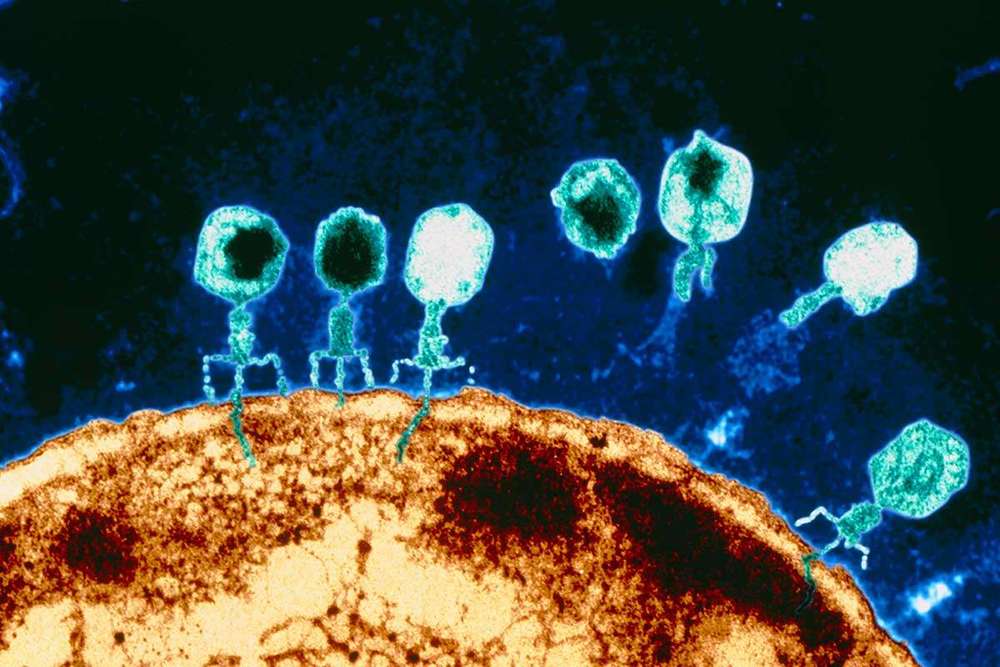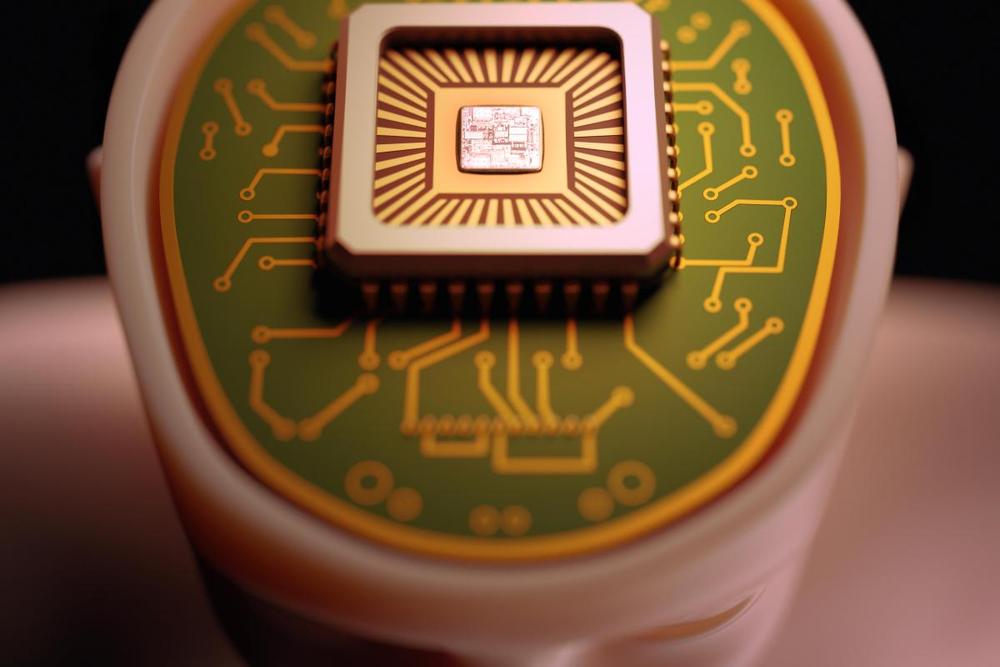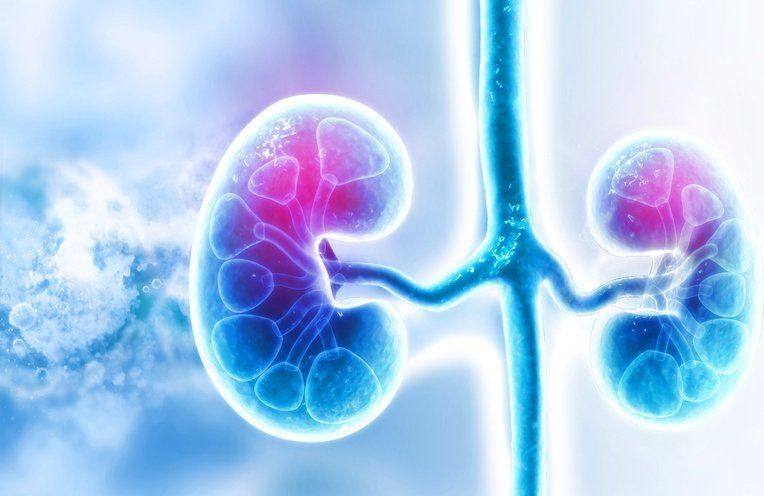Mar 30, 2019
Physicists Just Measured Quantum ‘Nothingness’ at Room Temperature
Posted by Genevieve Klien in categories: cosmology, quantum physics
Physicists have measured the sound of ‘nothingness’ at room temperature — an important step in our future ability to listen in to the Universe.
You can think of it a little like this — we’ve now been able to measure the way some of the ubiquitous ‘background noise’ of space interacts with our equipment, which will hopefully help us tune it out going forward.
After all, the entire Universe is crackling with the static of quantum physics, and in order to be able to pick up the faint echoes of distant astronomical giants — such as the gravitational waves rippling off a black hole merger, for example — we need to be able to tune out the quantum static.
Continue reading “Physicists Just Measured Quantum ‘Nothingness’ at Room Temperature” »
